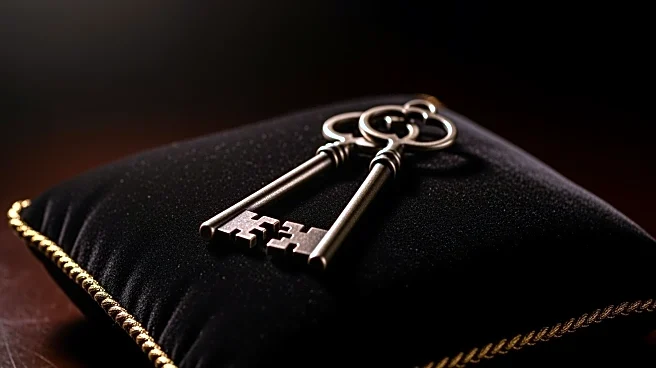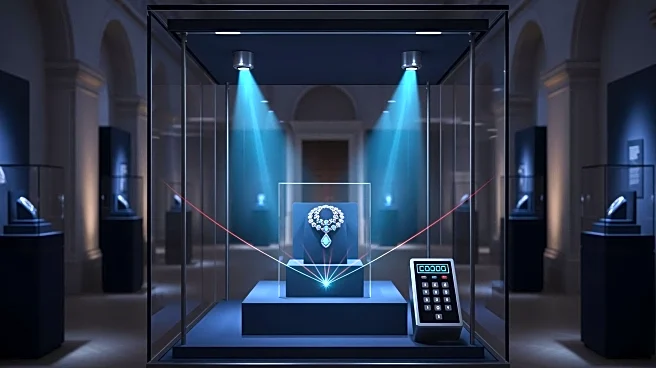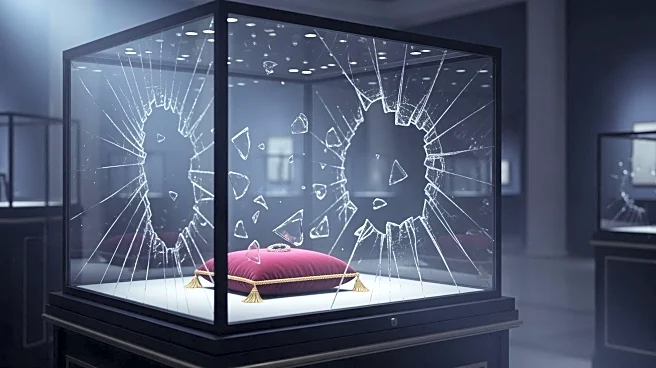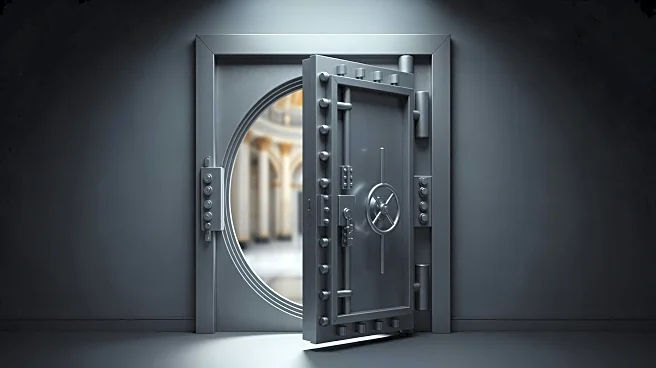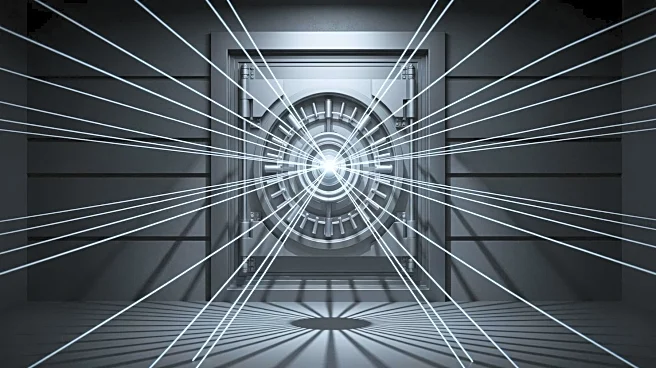What's Happening?
French authorities have successfully apprehended two suspects involved in the recent Louvre Museum heist, which resulted in the theft of eight pieces from France's Crown Jewels. The suspects, both residents
of Saint-Denis, were arrested following a week-long manhunt. One suspect was detained at Charles de Gaulle Airport while attempting to flee to Algeria, and the other was arrested at his home in Saint-Denis. The heist, described as 'the robbery of the century,' has raised significant concerns about the security measures at the Louvre, especially after previous break-ins at other French museums. The incident has also sparked criticism of President Emmanuel Macron's government and the Louvre's management, particularly in light of recent staff strikes over security and personnel shortages.
Why It's Important?
The Louvre heist has highlighted vulnerabilities in the security of France's cultural heritage sites, prompting a national debate on the adequacy of current protective measures. The theft of items valued at over $100 million not only represents a significant cultural loss but also poses challenges for law enforcement in recovering the stolen artifacts. The incident has intensified scrutiny on President Macron's administration, which is already facing criticism over various domestic issues. The arrests may provide some relief, but the broader implications for museum security and government accountability remain pressing concerns.
What's Next?
French authorities are expected to continue their investigation to track down any accomplices and recover the stolen jewels. The Louvre's management may face pressure to enhance security protocols to prevent future incidents. Additionally, the government might consider implementing stricter measures to safeguard national treasures, potentially leading to policy changes or increased funding for cultural site protection.
Beyond the Headlines
The heist has reignited discussions about the ethical responsibilities of museums in protecting cultural heritage. It also raises questions about the balance between accessibility and security in public institutions. The incident could lead to a reevaluation of how museums worldwide approach security, potentially influencing global standards.
